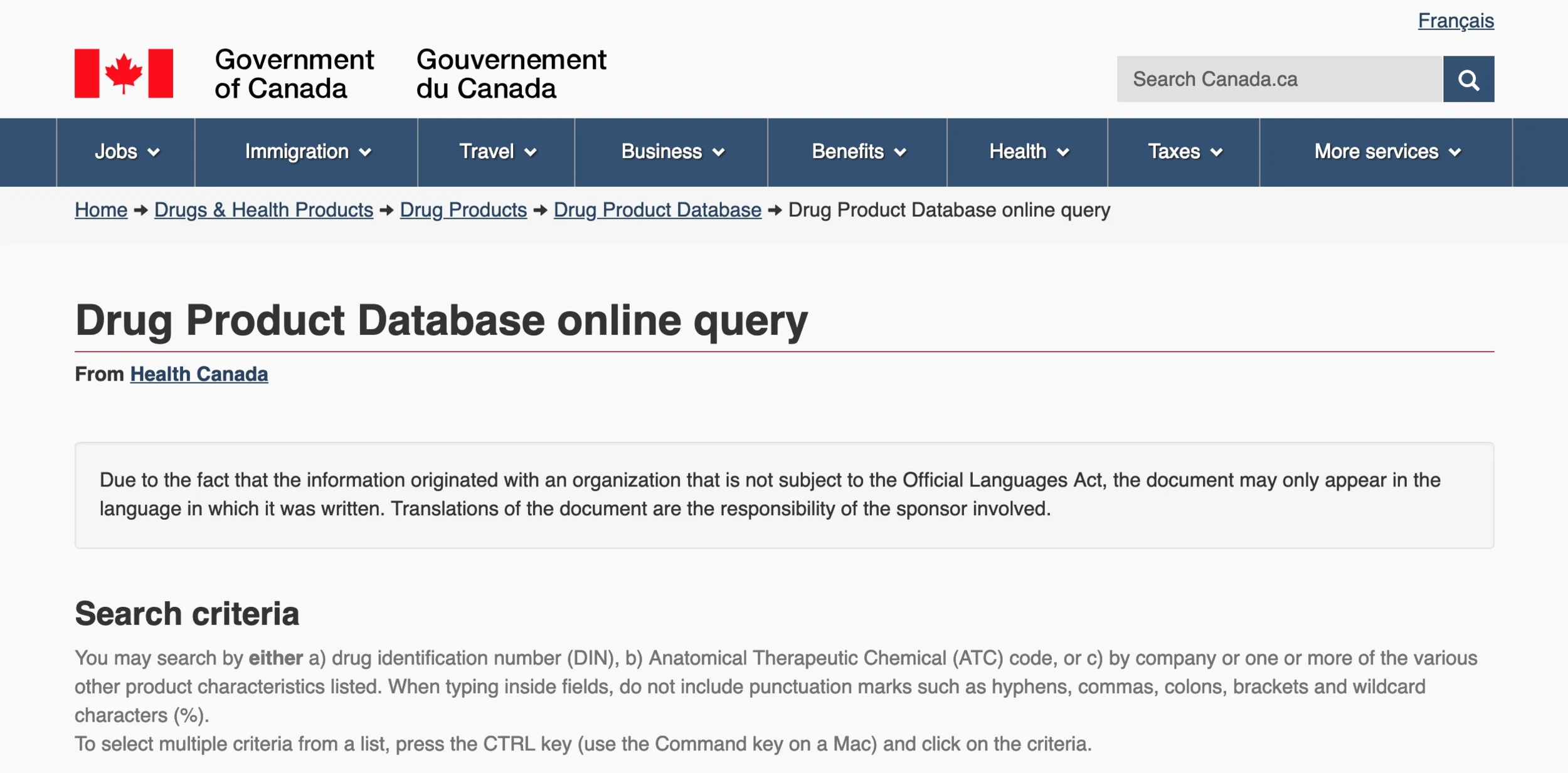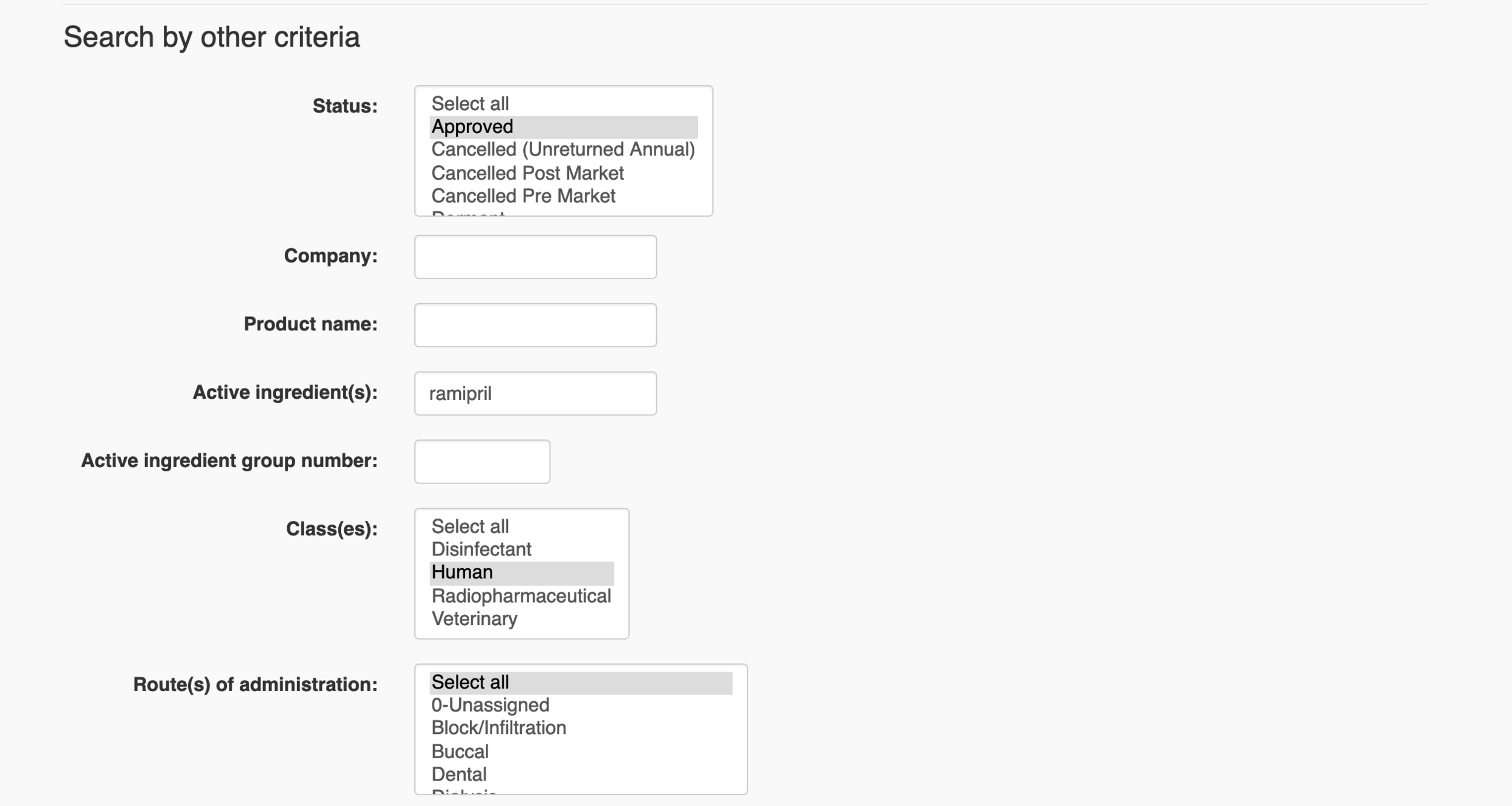In functional medicine we deal with something called the functional medicine matrix. It’s a really neat way to lay out a patient’s relevant medical information so that it becomes obvious where you ought to begin.
The bottom of the matrix has 6 spaces for the patient’s modifiable lifestyle factors. These are parts of the patient’s lifestyle that can either add to the risk of disease or mitigate it. A patient with genetics for a disease can substantially lower their risk by keeping these factors in check. On the other hand, a person with no genetic predisposition can drastically increase their risk for disease by having poor diet and lifestyle factors.
The matrix takes the plethora of lifestyle factors and organizes them into five major categories:
Sleep and relaxation- sleep helps the body repair damage from the days activities and build up resiliency for the coming days. Relaxation helps to keep a person’s nervous system balanced between sympathetic (fight or flight) and parasympathetic (rest and digest).
Exercise and movement - An appropriate amount of movement in one’s life can help with everything from mood regulation to risk for cardiovascular disease and diabetes.
Nutrition - What we eat can play a major role in our risk for cardiometabolic diseases like diabetes and high blood pressure. It can also add to or mitigate inflammation in our bodies which plays into risks for autoimmune conditions like rheumatoid arthritis and psoriasis.
Stress - Short term stress, like the stress brought on by brief exposure to cold water, or regular moderate exercise, can be an excellent trigger for our bodies to become more resilient. But chronic stress can wreak havoc on our bodies and increase risk for a number of diseases.
Relationships - A healthy, loving relationship can help to soften the blow of life’s ups and downs. But a toxic relationship can really make it difficult to focus on leading a healthy lifestyle, often being the driver for escapism in the form of drugs and alcohol.
Many patients present with poor lifestyle factors across the board. In these individuals they are often not surprised to be feeling ill. But many patients have excellent nutrition, exercise, sleep and relationships, but high job stress. They are often left feeling perplexed, thinking that if they’re doing everything right, they shouldn’t be feeling poorly. It’s important to remember that while each lifestyle factor is important, it’s the total picture that makes the difference to a patient’s health. A tonne of exercise can only compensate for poor diet for so long before we see the negative effects begin to appear.
With the bottom of the matrix in mind, I’ve developed a “healthy habits quiz”. It’s written in the style of a trashy magazine quiz. It is not diagnostic in the slightest, but meant to get you thinking about what areas of your life you could improve in order to feel better.
Before taking the quiz, please remember that health is a journey! You’re not going to score perfectly in all areas of this quiz overnight. If it were that easy, chronic disease wouldn’t exist and I’d be out of a job!




